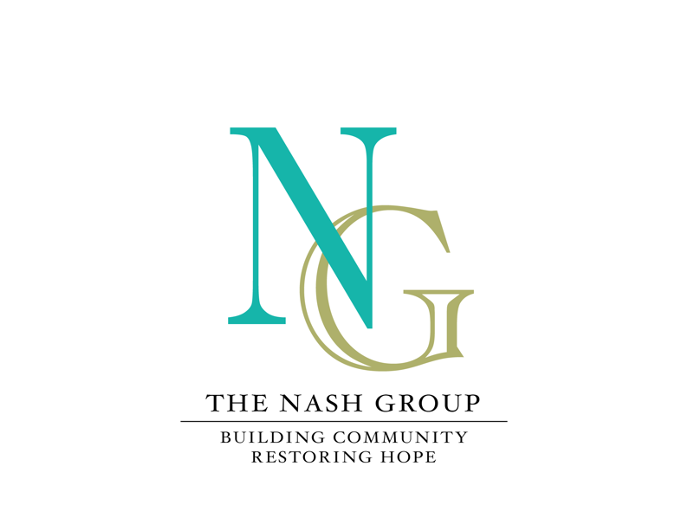Course Title: Integrating Market Rate Units in LIHTC Affordable Housing Projects: Strategies for Sustainable Inclusion
Course Description
Join our comprehensive online course on the Nash Group Training and Education Platform to explore the effective integration of market-rate units within Low Income Housing Tax Credit (LIHTC) affordable housing developments. This course provides valuable insights, strategies, and best practices for balancing affordability, market demands, and financial sustainability in mixed-income projects. Participants will examine case studies, financing models, regulatory considerations, and community impact assessments to understand the opportunities and challenges of blending market rates and affordable units seamlessly. By mastering the principles of mixed-income housing development, participants will be equipped to create inclusive, vibrant communities that cater to diverse housing needs while maximizing social and financial returns.
Course Topics
1. Introduction to Mixed-Income Housing: Benefits and Challenges
2. Market Analysis and Feasibility Studies for Mixed-Income Developments
3. Financing Strategies for Incorporating Market Rate Units in LIHTC Projects
4. Design Considerations for Integrated Affordable and Market Rate Housing
5. Compliance and Regulatory Frameworks for Mixed-Income Developments
6. Community Engagement and Stakeholder Collaboration in Mixed-Income Projects
7. Property Management and Tenant Relations in Dual-Income Communities
8. Evaluating the Social Impact and Financial Performance of Mixed-Income Housing
Learning Objectives
Upon completion of this course, participants will be able to:
1. Recognize the benefits and challenges of mixed-income housing developments, understanding the potential social, financial, and community impact of integrating market rate units in LIHTC projects.
2. Conduct market analysis and feasibility studies to assess the demand, supply, and financial viability of mixed-income housing projects, identifying opportunities for blending market rate and affordable units effectively.
3. Develop financing strategies tailored to incorporate market rate units in LIHTC projects, leveraging subsidies, grants, tax credits, and innovative funding sources to achieve affordability while maintaining financial sustainability.
4. Explore design considerations for mixed-income developments, including unit mix, amenities, and spatial layouts that promote integration, accessibility, and inclusivity for residents across diverse income levels.
5. Navigate compliance requirements and regulatory frameworks governing mixed-income housing, ensuring adherence to LIHTC guidelines, fair housing laws, and affordability mandates in project planning and implementation.
6. Engage with communities, stakeholders, and residents to foster collaboration, build support, and address concerns related to mixed-income housing developments, promoting transparency and inclusiveness in decision-making processes.
7. Implement effective property management practices and tenant relations strategies in dual-income communities, fostering a sense of community, addressing tenant needs, and promoting harmonious living environments.
8. Evaluate the social impact and financial performance of mixed-income housing projects, measuring outcomes, tracking metrics, and assessing the long-term sustainability and success of integrated affordable and market-rate developments.
Value to the Participant
This course offers immense value to clients involved in affordable housing development, real estate investment, property management, and community development. By providing a comprehensive overview of strategies and considerations for integrating market rate units in LIHTC projects, participants gain the expertise needed to navigate the complexities of mixed-income housing developments successfully. Clients will acquire practical skills, tools, and insights to optimize financial returns, enhance community livability, and promote social equity in dual-income communities. The course empowers clients to unlock new opportunities, expand their portfolio of affordable and market-rate properties, and contribute to building diverse, inclusive neighborhoods that cater to a wide range of housing needs. Ultimately, participants emerge from the course equipped with the knowledge and skills to create sustainable, inclusive communities that blend affordability with market dynamics, fostering thriving, accessible living environments for residents of all income levels.

Office Locations
We've got two main hubs: one where the BBQ is sizzling and the jazz is smooth (Kansas City, Missouri) and another where the palm trees sway and the sunshine never quits (West Palm Beach, Florida). Come visit us and get a taste of the good life in both places!
Contact Information
Need to reach me? Try the classic phone call at
(816) 213-4461,
shoot me an email at
tnash@thenashdevelopmentgroup.com
or send a good ol' carrier pigeon my way. Just make sure it doesn't get distracted by any shiny objects along the way!
Events
Coming Soon: Upcoming Kansas City Conference
Coming Soon: Upcoming West Palm Beach Conference
Your use of the website or any of the information available on it does not constitute a professional services relationship between you and the Nash Group, LLC or its affiliates. The information provided on the website is for general informational purposes only and does not constitute professional advice or an offer to sell or a solicitation to buy securities. The Nash Group, LLC does not provide investment advice. The Nash Group, LLC's website is not to be construed as a recommendation to engage in a transaction with a particular party. You should always consult with your retained professional advisor(s) concerning your particular circumstances. Some of the information may have been provided by third parties and is based solely on information provided to The Nash Group, LLC by that third party. The Nash Group, LLC is not responsible for any information provided by third parties, and The Nash Group, LLC disclaims any responsibility for ensuring the information is accurate or up to date. Any opinions or conclusions expressed by any third party should not be construed as opinions or conclusions of The Nash Group, LLC. The Nash Group, LLC will not be liable for any loss or damage that may arise out of your use of any of the information available on the website. This website provides links to websites owned by other parties. The content of such sites is not within The Nash Group, LLC's control and The Nash Group, LLC has no responsibility for the information or content thereon.
